This Is England (2006) Movie Review
As a young adult, I remember watching This Is England for the first time many years ago. Even back then, it left a deep impression on me. Shane Meadows' portrayal of working-class youth culture in Thatcher's England felt both authentic yet utterly gripping and cinematic.
When the film showed up again on my radar recently, I knew I had to revisit it with my wife, curious how it may hit differently now as a more seasoned adult viewing it after a decade. I'm pleased that the 2023 viewing has only reinforced my original high opinion of this incredible piece of British filmmaking. Certain elements and performances packed even more of an emotional punch the second time.
The opening titles perfectly set the scene, transporting the viewer back to 1983 through scratchy archive news footage of the Falklands War and tunes from Bucks Fizz hammering out of car radios. We're immediately thrown into the world of Shaun, our protagonist - a lonely 12-year-old boy tagging along the edges of a skate park. The pains of his father passing in the Falklands conflict are still fresh.
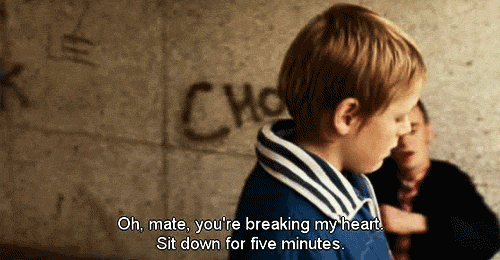
It's here he first encounters the gang of local skinheads led by the charismatic yet troubled Woody. Shane Meadows has such a deft touch painting multifaceted portraits of these working-class youths. From the first, they exude an infectious swagger and mischievous charm that draws Shaun and the viewer in. We want to hang out and cause minor mayhem with them, too. Between Sessions of skating and pint-swilling in the park, they decently look out for the vulnerable Shaun as one of their own.
The easy chemistry and witty banter shared between Woody, Milky, Pukey, Lol, and the others make for truly heartwarming comedy high points. Yet there is also an underlying poignancy to their friendships, existing on the fringes of '80s Britain with few opportunities or role models. It's no wonder Shaun seeks acceptance within their fold. Turgoose is utterly believable in portraying his wavering between boyish mischief and lingering grief.
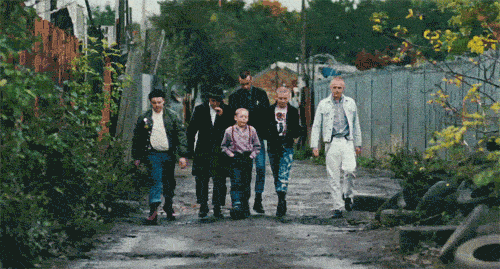
For all the fun of their antics, an ominous tone prickles the background from the outset. We witness the threat of racism even within their ranks, displayed by the early confrontations with a group of black youths. But the looming return of Combo after three years in jail threatens to truly darken the mood. Once installed again as the figurehead, his extremist views serve to fracture and poison the dynamic of the former gang.
Here is where Shane Meadows' skill is most evident. With subtly mounting threat, he gradually reveals the troubled psyche beneath Combo's outward aggression and bravado. As much as his actions repulse, Graham ensures you can't look away from trying to understand what drives this damaged man. The many layers to Combo keep you on edge, afraid of what new depths he may plumb yet unable to fully dismiss him as a pure villain. It makes for arguably the most compelling antagonist in modern British film.
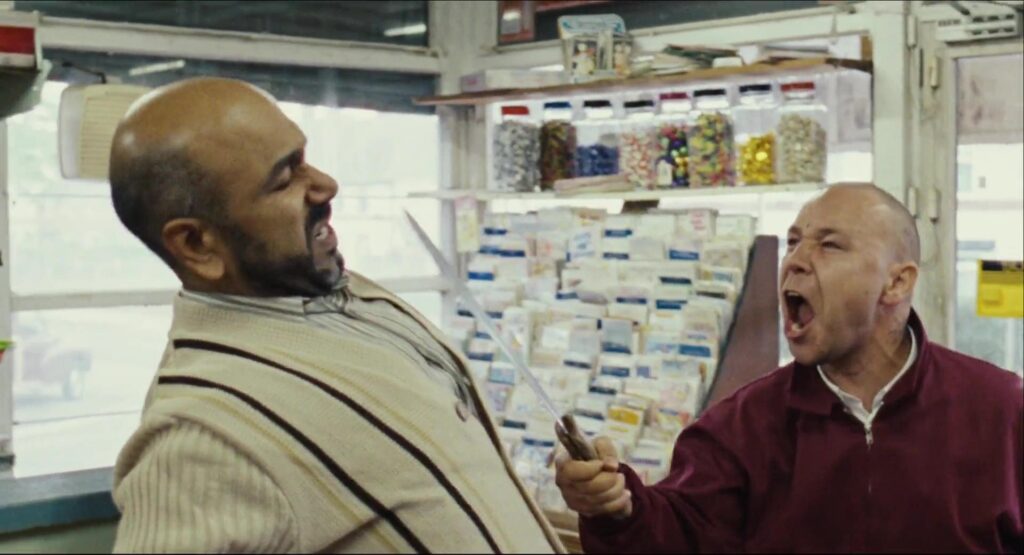
Naturally, Shaun finds himself drawn deeper into Combo's warped orbit. The father figure void left by his dad, coupled with his youthful need to belong and impress, leaves him vulnerable. Witnessing first-hand the grip hatred takes is shatteringly powerful. I still shudder at the tensing confrontation Combo instigates with Milky, a kind man who wants to enjoy time with his family before unleashing unthinkable violence. Shaun is visibly shaken, the naivety slipping from his young face as reality sets in.
Yet for all the darkness Combo brings, compassion prevails through the film's other characters. Woody's innate decency and strength of will, bravely standing against the tide to protect those in need of shelter, provides a beacon of hope. Lol's thoughtfulness and Milky's warmth represent the community and care that ultimately conquers intolerance. Even in the most harrowing scenes, their humanity shines through, a reminder of our capacity for good.
The climactic showdown pulses with raw intensity, as family and friends are unwilling to stand by while hatred destroys what they hold dear. Shane Meadows directs it all with gusto yet avoids glorifying violence. There is truth in how anger and defiance, however righteous, often breed only more anger in kind. Only through open hearts and minds can the cycle ever hope to end. It leaves the viewer stirred yet uncertain, much as life often does, on avenues toward positive change.
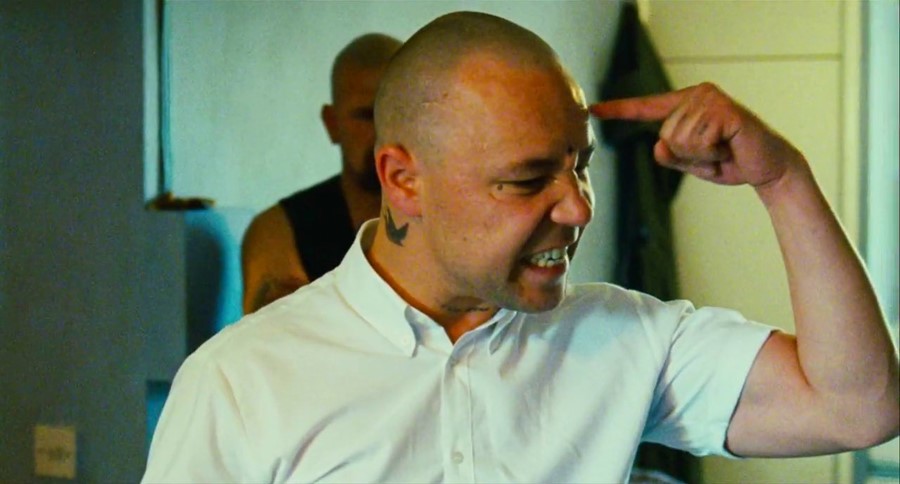
Rewatching it also granted me a newfound appreciation for Shane Meadows' nuanced handling of weighty themes. As much as it depicts racism and socio-political discord, This Is England avoids becoming preachy or one-dimensional. Multiple sides are given a voice, leaving final judgments to the audience to decide for themselves. Even monstrous characters like Combo are crafted with hints of empathy, reminding us that real people rarely fit into absolute categories of "good guy" or "bad guy." It resonates all the more profoundly for steering clear of easy answers.
What hasn't dulled with time is the incredible ensemble work. Every performance brings these people to aching life, from esteemed veterans like Graham to new talent like Turgoose. Their friendships and frailties feel utterly authentic, forging deep bonds with the viewer. Special praise must accompany Andrew Shim's warm, soulful turn as Milky. His character's gentle spirit and optimism, prevailing despite facing down hatred daily, provide one of cinema's most moving portrayals of strength through compassion. I defy anyone not to feel touched by his kindness.
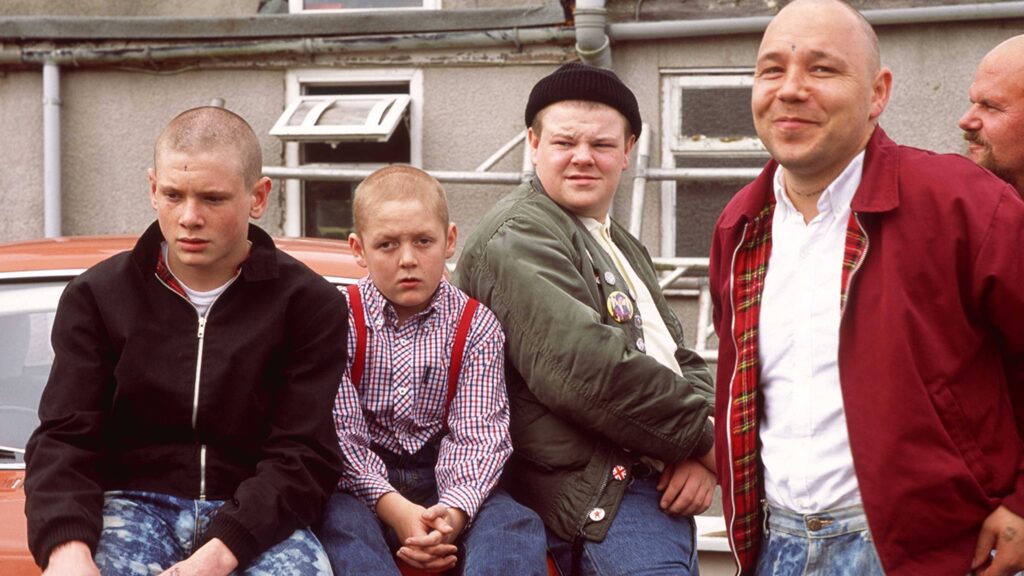
A final aspect that enhances rewatches is appreciating the period of recreation. From the high street shops and fashions to political broadcasts on small box TVs, 1983 England has been lovingly reconstructed. Smaller touches, such as the clunky machinery whirring away in laundrettes or the rock candies kids share, achieve full immersion. The era's hits soundtracking key scenes are not mere casual inclusions but meaningfully tie to plot points and character arcs. Few other films attain presence in a period quite like this one.
In conclusion, Shane Meadows' This Is England remains one of the UK's cinematic treasures some sixteen years after its initial release. It depicts vital social issues with nuance and subtlety, avoiding cheap simplification, and celebrates ordinary people and communities with warmth, wit, and empathy. All are crafted through incredible performances that feel utterly lived in and authentic. Both harrowing and inspiring in equal measure, this film has rightfully endured as one of the best of its generation through its humane, compassionate storytelling. I have no doubt future rewatches will only enhance my appreciation further.
Movie Rating: 5/5
Note: 3 is the median. Anything above 3 is a recommended watch.